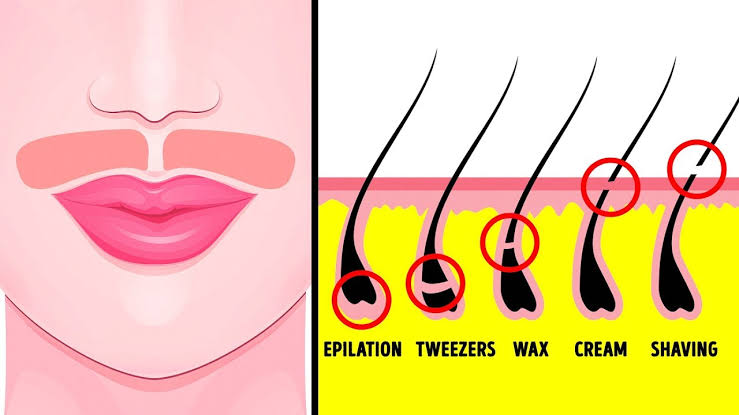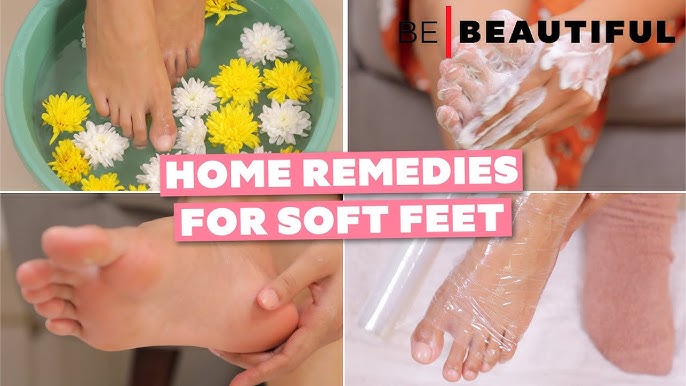
Almost everyone has some hair on their face, arms and some other parts of their body. Facial hair in women in particular usually consists of a light and inconspicuous fluff that is completely unproblematic for most people. But what if this fluff develops into a disturbing beard?
In contrast to conventional facial hair in women, a woman’s beard often consists of quite thick, darker hair that is often perceived as unsightly. It’s understandable that as a woman you want to get rid of this hair quickly and easily. We’ll get to the bottom of the matter and inform you about the causes of a lady’s beard, the side effects and how you can best treat it.
The causes of a lady’s beard
Healthy body hair in the form of fine, silky hairs is completely normal and can be noticed in many children even before puberty, for example. They are simply part of human physical development.
At the beginning of puberty , so-called “androgens” develop, which also includes the testosterone we know. These are male sex hormones that are also normally found in small quantities in the female body. These androgens cause body hair to develop in young adults, such as: B. the armpit or pubic hair and, in men, predominantly the beard.
Southern women or girls with dark hair in particular often suffer from already dark hair growth. If your hair follicles are also somewhat hypersensitive to these androgens , you may also develop a very pronounced beard.
Other causes of a lady’s beard can be:Androgen precursors are increasingly converted into finished hormones ;there may be an androgen-producing tumor , which in turn can lead to increased androgen production in the adrenal glands and ovaries;female sex hormones decrease during menopause .
Even a slight beard with dark hair can have a serious impact on the self-confidence and self-esteem of a woman and especially young girls. But women with fairly light hair are also increasingly getting rid of their supposed lady beards.
Treat women’s beards correctly
If the facial hair, which many women find unsightly, is just a few stray hairs, they can be plucked out with tweezers as necessary . Shaving regularly is possible, but very few women want to have to deal with it every day. It’s also just a rumor that shaving a woman’s beard will speed up or increase hair growth . However, the stubble that grows out after shaving can cause a slight to strong beard shadow, especially on dark hair.
It is therefore advisable to have your beard removed regularly with wax by a professional beautician . Here you will have peace of mind from the growing beard for longer than if you shave. After shaving, the first stubble is often visible again just a few hours later.
Remove a woman’s beard with hair removal cream
Another way to get rid of annoying facial hair as a woman is to use special hair removal cream that can be applied to the relevant areas. However, ladies with very sensitive skin should avoid this hair removal method as it could cause unsightly skin irritations .
Pluck and epilate a woman’s beard
Two somewhat painful but long-term successful methods of removing a woman’s beard are epilation and plucking the hairs. However, plucking is a very tedious way to remove the hair above the upper lip and on the chin. Epilating is much quicker, but you should first test the exact procedure on another part of your body or have a trusted beautician explain it to you in detail.
Lady’s beard: advice and removal by the dermatologist
Many dermatologists, but also cosmetic institutes, now offer another and, above all, sustainable alternative to plucking, waxing and epilating women’s beards: laser technology! With the laser method, high-energy light is directed to the hair roots, where the follicles are destroyed by heat. As a rule, several sessions are necessary and not every woman can take advantage of this treatment.
In general, this hair removal is only possible for dark hair and women with light skin . It is also good to know that the laser method for women’s beards only works on hair follicles that are currently in the growth phase. Otherwise, you can ask your family doctor to inform you about the options of a growth-inhibiting cream or a suitable bleaching agent







